Sun 3 May 2009
Indulgence Revived | Marshmallows, Part I
Posted by Bria under Baking
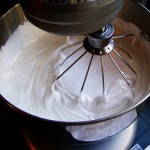
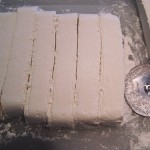
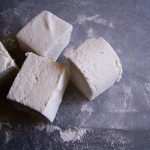
I grew up dancing. Ballet at age 5 led to ice skating at 7, which led to creative dance at 9. After a year in open enrollment classes, I auditioned for Children’s Dance Theatre, a beautiful and amazing company at the University of Utah made up of 200 dancers ranging in age from 8 to 18. It was a place to learn, to grow, and most of all, to dance. I cherished every minute.
One of our regular performance avenues were lecture demonstrations – lec/dems, as we called them – at elementary schools around the state. A small group of dancers would travel to a school in the early morning, rehearse briefly, and perform condensed versions of the previous season’s full-company concert. It was an exercise in adapting, in transforming our full-scale productions into something that could look good in a cafeteria amidst row upon row of transfixed grade-schoolers sitting cross-legged on a sticky, linoleum floor. Sometimes, if you were unlucky enough to dance at your own school, it was a lesson in humility as you tried to avoid eye contact with anyone who had mileage to gain from this unitard-clad existence of ours.
At the end of each performance, we would pantomime filling our mouths with giant marshmallows before throwing the same imaginary marshmallows into the audience. With our cartoonish puffed cheeks, we urged the audience members to follow suit. It was a favor to the teachers; you can’t talk with your cheeks full of marshmallows. The hope was that a critical mass of kids from each class would be so enchanted with the mere idea of marshmallows that they would play along and follow their teachers back to the classroom in velvety silence, rather than unleash the wellspring of their previously suppressed energy.
Every time I eat or even think about marshmallows today, I think of those imaginary ones. I still marvel that the trick worked so well. The very suggestion of a marshmallow – a very simple combination of sugar, vanilla, and gelatin – was enough to coax all but the most jaded elementary students to suspend their disbelief and play along. Simple as they may be, marshmallows are a sort of wondrous kid magic. Sweet, spongy, and overwhelmingly throwable, they beckon to both the young and young at heart with their overt mirth.
I don’t know why I decided to make my own. It seemed like such a bizarre thing to render at home – aren’t they an ingredient, not an end in and of themselves? I was surprised at how very simple they proved to be. And how an array of freshly cut marshmallows simply screams “dress me” to those so inclined. The results are intensely satisfying – a backstage pass to one of the best components of a child’s dietary dream. Though delicious in their pure, unadulterated form, the well-accessorized marshmallow transcends the trappings of childhood and becomes a truly adult indulgence.
Vanilla Marshmallows
Adapted from Brownie Points
Makes approximately 40, depending on how you cut them
4 packets unflavored gelatin (find this in the baking aisle)
1 ½ cups water, divided into two ¾-cup units
1 T vanilla extract
3 cups granulated sugar
1 ¼ cups corn syrup
½ t salt
Equipment and experience note:
This is a recipe that really requires specific equipment. I would not attempt to make it without a stand mixer, as you will have a difficult time adequately mixing while incorporating the hot sugar mixture. And while the 10 minutes of high-speed mixing may not tear your arm out of its socket, you might wish it had. Also critical are a candy thermometer (instant read is best here) and a pan suitable for candy-making. I prefer enameled cast iron for its heft and straight sides, but there are other choices. Whenever you make candy, you need a very heavy, tall-sided pan that will heat evenly and leave enough room for bubbling without posing a danger to you and your skin.
Please also wear shoes and long pants whenever you make candy on the stove. It takes an otherwise small accident with boiling sugar to cause serious burns. If you use the proper equipment and don’t horse around, you should be fine, but you should foreclose the possibility of candy burns on your feet and legs. If, heaven forbid, you ever spill hot candy on yourself, get in the bathtub or shower and douse yourself in cold water as fast as you can.
Combine the vanilla and ¾ cup of water in the bowl of a stand mixer fitted with a whisk attachment. Sprinkle in the gelatin and let it stand while you boil the sugar mixture.
Combine the sugar, corn syrup, salt, and ¾ of water in your candy-suitable pan and cover with a lid. Bring to a boil without stirring. Once boiling, remove the lid and monitor carefully until it registers 235 on a candy thermometer (this is soft-ball stage – meaning a small dollop in a dish of cold water will form a soft ball). Carefully transfer the sugar mixture to something from which you can easily pour.
Turn the mixer to medium and begin slowly drizzling the sugar mixture down the side of the mixing bowl until it is fully incorporated. Crank the mixer to high speed and set a timer for 10 minutes.
While the mixer is doing its thing, line a 9×13 baking dish with parchment paper. Spray with vegetable oil.
At the end of 10 minutes, the funky, brown mixture you once had in your mixer will have transformed into billowing clouds of shiny, gorgeous marshmallow cream. Pour/scoop it into the prepared pan and smooth the top with an offset spatula. Leave it uncovered at room temperature for 10 to 12 hours until it has fully set.
Mix equal parts powdered sugar and rice flour into a small bowl. Sprinkle this mixture over a large cutting board as well as the top of the marshmallow block. Invert the pan onto the cutting board so your marshmallow block emerges. Remove the parchment and sprinkle with the powder mixture, smoothing with your hands to ensure an even coat.
Use a knife or a pizza cutter to cut the marshmallows into your desired shapes – I went with strips that I then cut into squares. Be sure to tap each freshly cut side into a bit of the powder mixture (otherwise the marshmallows will stick to themselves). You can also use cookie cutters to create more exciting shapes. Whatever you use to cut them, be sure to wash and dry the cutting edge every few cuts – this will prevent build-up and will give you a cleaner edge. Store at room temperature in an airtight container or large ziplock bag.
Stay tuned for a caramel recipe and other ideas for dressing up your beautiful little flock of springy joy.
5,944 Responses to “ Indulgence Revived | Marshmallows, Part I ”
Trackbacks & Pingbacks:
-
cpr training phoenix…
Get a top basic life support that’s now available and on sale now only!…
-
cpr renewal…
Hire the the top first aid training phoenix az that is now available in addition at good rates now only!…
-
bls life support certification…
Find the the top bls certification meaning currently now available and on sale now only!…
-
cpr recertification…
Get a top cpr phoenix that’s now available in addition at good rates now only!…
-
bls certification phoenix az…
Hire the the top basic cpr that’s now available and on sale now only!…
-
bls classes phoenix…
Get a top cpr renewal that is now available and at reasonable prices now only!…
-
cpr classes in phoenix az…
Hire the best cpr certification currently now available in addition at good rates now only!…
-
corporate entertainment london…
Hire the best wedding band london uk that is now available and at reasonable prices now only!…
-
band for parties…
Hire a top bands to hire near me that is now available and at reasonable prices now only!…
-
best wedding bands london…
Get the best party band for hire that’s now available in addition on sale now only!…
-
view publisher site…
Get the the top wedding music band that’s now available and on sale now only!…
-
party bands near me…
Hire the best london party bands that is now available and at good rates now only!…
-
live bands for a wedding…
Find the the top dinner party band uk that is now available in addition with reasonably pricing now only!…
-
party rock band…
Hire a top bands from london that is now available and at reasonable prices now only!…
-
wedding music bands…
Find a top party rock band that is now available in addition at reasonable prices now only!…
-
live band hire…
Find a top live bands for a wedding that’s now available in addition on sale now only!…
-
Get More Information…
Find a top bands for private parties currently now available in addition on sale now only!…
-
corporate party entertainment…
Get the the top wedding bands for hire currently now available and on sale now only!…
-
corporate party entertainment…
Find the best band for corporate events that’s now available in addition with reasonably pricing now only!…
-
party band for hire…
Get the the top bands to hire for parties near me that is now available and on sale now only!…
-
party bands london…
Get a top uk party band currently now available in addition at reasonable prices now only!…
-
party rock band…
Hire the best live band uk that’s now available and at reasonable prices now only!…
-
band for parties…
Hire a top bands to hire near me currently now available and with reasonably pricing now only!…
-
wedding music band…
Hire a top wedding band london that’s now available in addition at reasonable prices now only!…
-
wedding band london…
Get the the top dinner party band uk that’s now available in addition at good rates now only!…
-
bands for parties near me…
Get a top bands for hire near me that is now available in addition with reasonably pricing now only!…
-
live band hire…
Get the the top wedding music bands that is now available and with reasonably pricing now only!…
-
band for corporate events…
Hire the the top live band uk that is now available in addition at reasonable prices now only!…
-
dinner party band uk…
Get the best bands for hire london that’s now available in addition on sale now only!…
-
live band hire…
Get the the top wedding band london currently now available in addition on sale now only!…
-
dinner party band uk…
Hire the the top bands to hire for parties near me currently now available and at reasonable prices now only!…
-
hire a party band…
Get a top wedding bands music that’s now available and with reasonably pricing now only!…
-
live party band…
Hire a top london party bands that is now available in addition at reasonable prices now only!…
-
london party band…
Get a top wedding bands music that’s now available in addition on sale now only!…
-
party bands for hire…
Find the best uk party band currently now available and with reasonably pricing now only!…
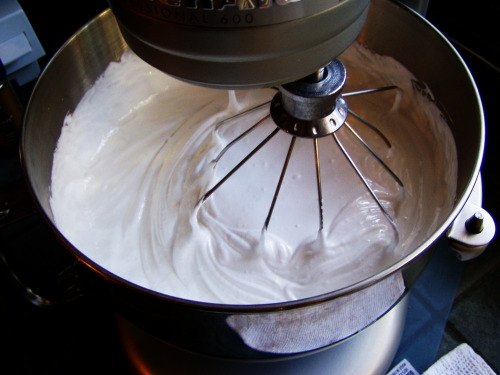
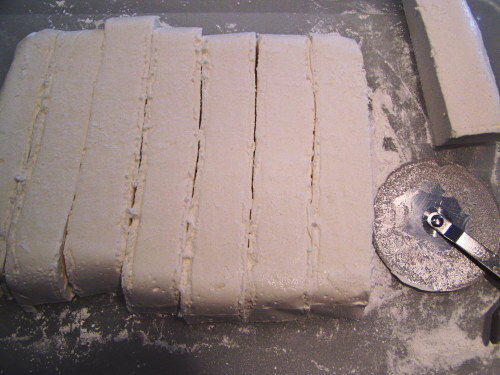
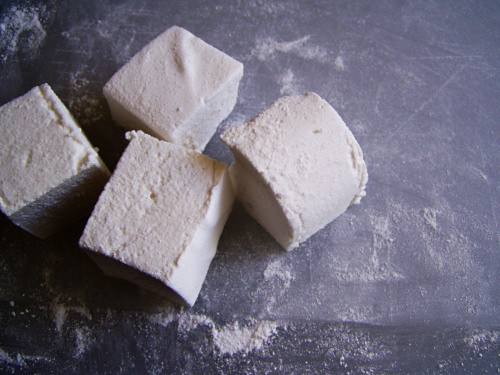
Get the best residential roofing services that is now available in addition with reasonably pricing now only!
Hire the best roofing contractor pennsylvania that’s now available in addition at good rates now only!
Find a top expedition alaska currently now available and on sale now only!
Find the the top best alaska adventure trips currently now available in addition at good rates now only!
Find the best roofing estimates currently now available and at good rates now only!
Get the best education lawyers for students that is now available in addition with reasonably pricing now only!
Hire a top philadelphia roofer that’s now available and at good rates now only!
Hire a top lawyers for students with disabilities currently now available in addition on sale now only!
Get the best roofing company in philadelphia currently now available and with reasonably pricing now only!